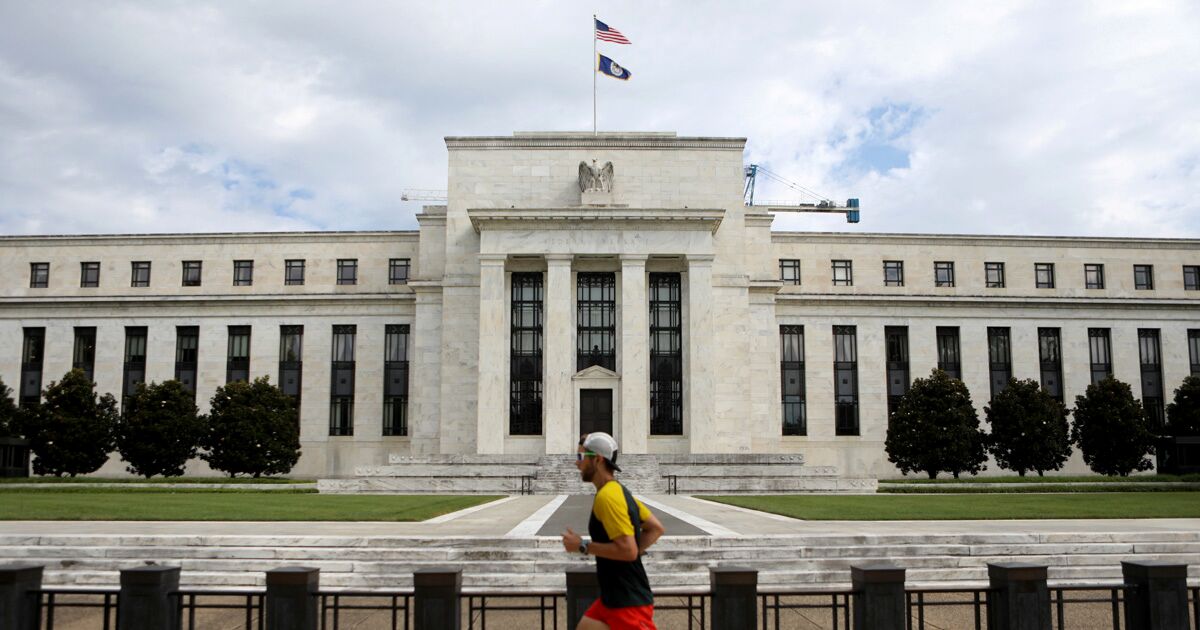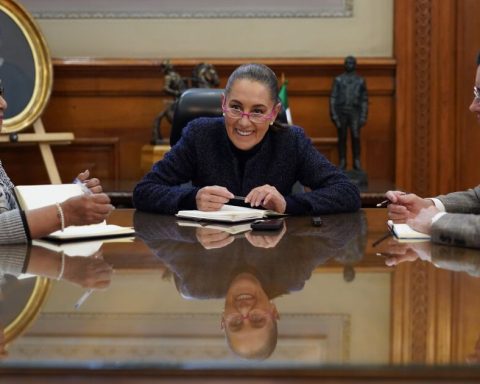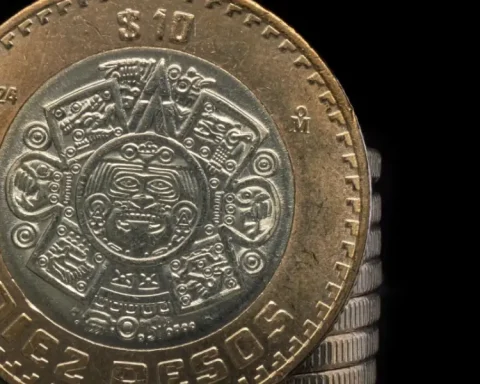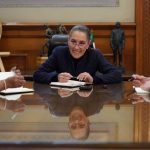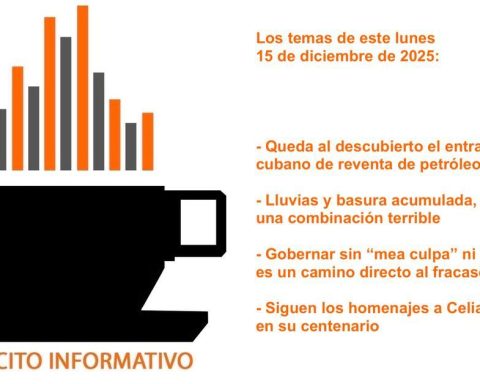The Fed noted that the labor market has had “robust growth” in recent months and that the unemployment rate has decreased “substantially.” However, he warned that inflation remains high.
“(High inflation) reflects pandemic-related supply and demand imbalances, higher energy prices and broader pressures,” the statement read.
The inflation target of the Federal Reserve is 2% average. In April, the price index stood at 8.5%, a level not seen in 40 years.
Additionally, the central bank’s sustained invasion of Ukraine is creating additional upward pressure on inflation.
The central bank also warned that COVID-19-related lockdowns in China could increase disruptions to supply chains.
Fed Chairman Jerome Powell said a rate hike of up to three-quarters of a percentage point is not something officials are “actively considering.”
“It’s very unpleasant,” he added of the impact of inflation on households, which is triple the Fed’s 2% target.
“If you’re a person with a normal financial situation, you probably don’t have that much extra money to spend and this immediately affects your spending on food, gasoline, energy and other things. So we understand the discomfort that comes with it,” he added. the central banker.
At a news conference, Powell said he and his colleagues were determined to restore price stability, but doing so would mean higher borrowing costs for things like mortgages and car loans.
“So it’s not going to be pretty either, but in the end, everyone is better off … with stable prices,” he added.
Still, the Fed said the economy is still doing well, and Powell said it is well positioned to withstand upcoming rate hikes, which are likely to be of a magnitude closer to the one announced on Wednesday.
